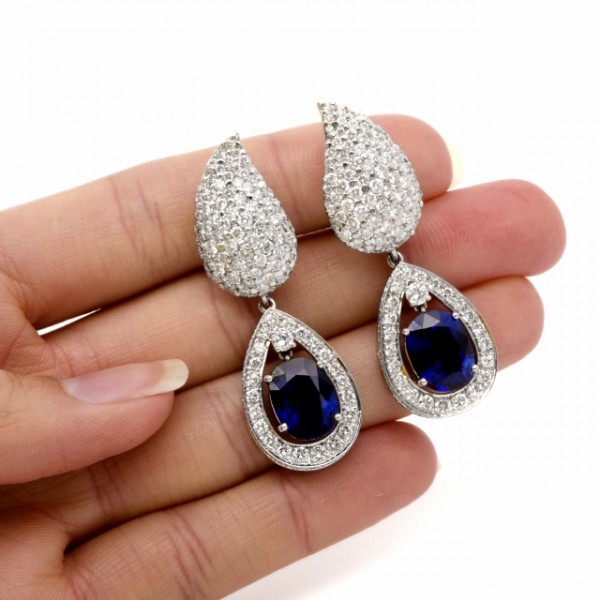
In recorded history, earrings have been traced back to the ancient city of Perspolis, Persia, (the ancient name for Iran) where the illustrations on the walls depict soldiers wearing earrings, with the oldest earrings ever discovered dating back to 2500 BC. During the Dark Ages, due to people’s impoverishment, the use of jewelry, inclusive of earrings, declined considerably.. The situation changed during the Roman Empire, at which time jewelry was worn as a sign of status and luxury. The popularity of earrings depended also on the fashions prevailing at the time.
During the Middle Ages, with more attention directed towards elaborate hairstyles and skillfully handmade dresses, earrings were not given priority as ornamental objects..
During the 1850s, earrings lost popularity once again. Hair was tied behind the head, covering the ears, or bonnets and hats were worn. In addition, the religious and social sentiments of the time. The 1920s brought the advent of the clip-on earring, rendering ear piercing less and less indispensable..
The above passage on the history of earrings indicates that the style of jewelry at any given time an d in any given culture cannot be studied nor understood without first understanding the prevailing fashion trends. Earrings should complement what a nice hairstyle or a nice outfit presents. They should also be selected with close attention to the wearer’s physical features. Jewelry can represent a woman’s class and personality in the same way as her outfit or manner of speaking would do. .
Stud earrings may go unnoticed, worn with very short hair, whereas pendant and/or chandelier earrings would enhance the aesthetic beauty and feminine appeal. Just as important is the suitability of earrings for the intended occasion.


